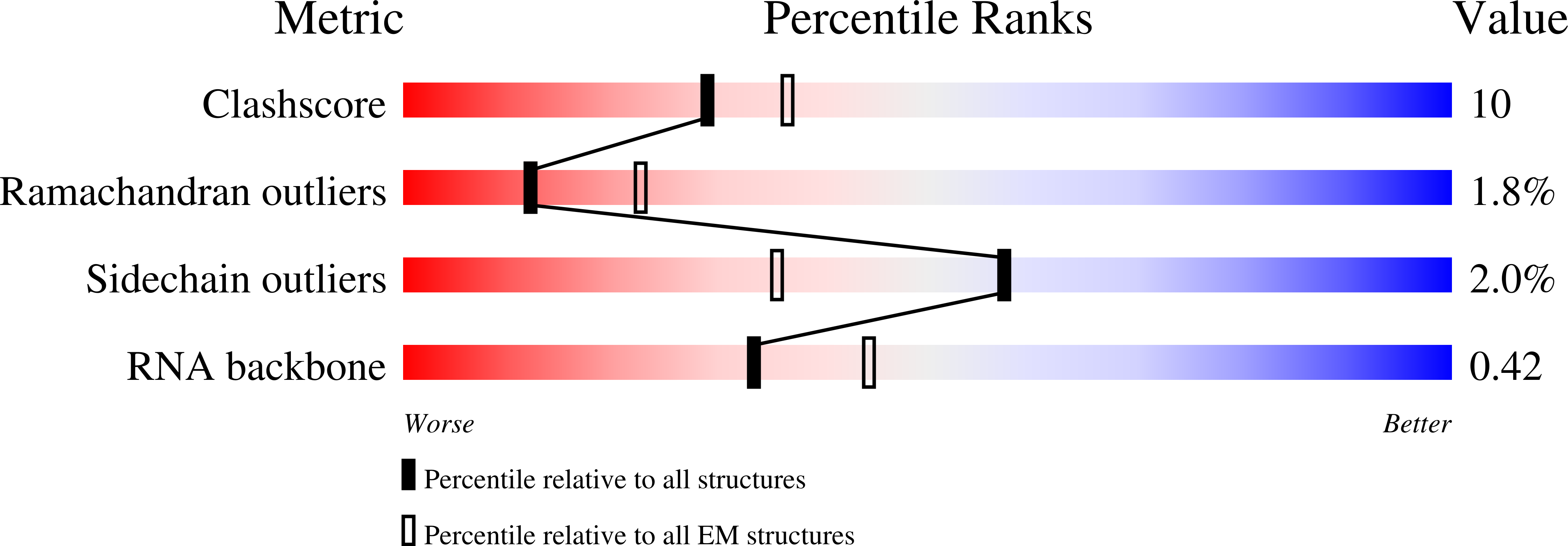
Deposition Date
2022-04-12
Release Date
2022-09-28
Last Version Date
2025-05-28
Method Details:
Experimental Method:
Resolution:
3.10 Å
Aggregation State:
PARTICLE
Reconstruction Method:
SINGLE PARTICLE


